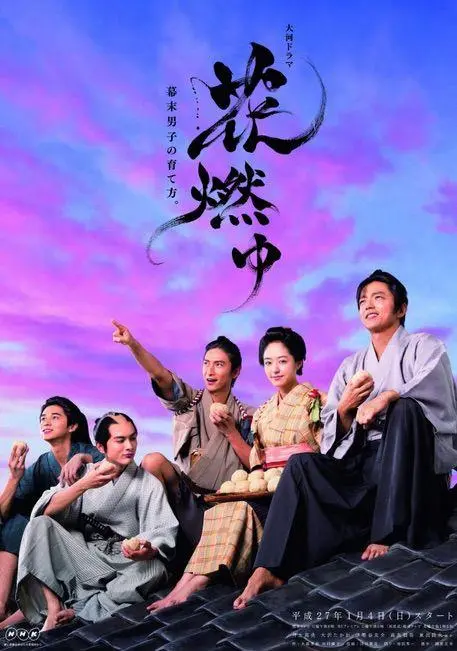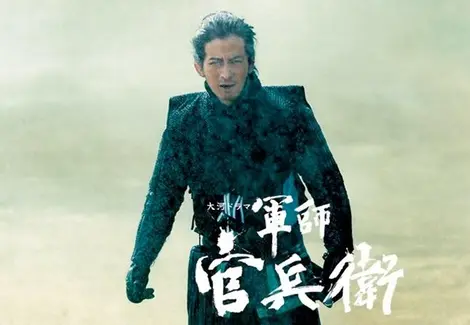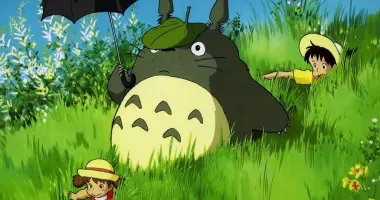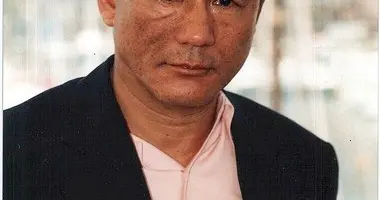Watching history: taiga drama
- Published on : 21/03/2024
- by : R.A
- Youtube
Taiga dramas, or "river series", have been an institution on Japanese television for over 60 years. Broadcast annually by NHK, these historical sagas retrace the lives of great figures from Japan's past over the course of an entire year. True windows onto Japanese history, taiga dramas combine faithful reconstructions, top-quality acting and carefully crafted scripts. Although their audience has diminished over time, these series continue to captivate Japanese audiences and shape their perception of national history. Let's delve into the fascinating world of taiga drama, between tradition and modernity.
What is a taiga drama?
A taiga drama is an annual historical TV series produced by Japan's public broadcaster NHK since 1963. The term "taiga" literally means "great river", evoking the continuous flow of history. Each year, a new 48-episode series is broadcast on Sunday evenings at 8pm, retracing the life of an important historical figure or group in Japanese history.
These series are characterized by faithful reconstructions of past eras, prestigious casts and substantial budgets. They generally cover long periods, often following the protagonist from youth to death. Over time, taiga dramas have become a veritable cultural institution in Japan, bringing families together in front of the small screen every week.
The evolution of taiga drama over time
Since their black-and-white beginnings in 1963, taiga dramas have evolved considerably. In the early years, series focused on warrior heroes and major historical figures, with fairly monolithic characters. Over time, scripts became richer, developing character psychology and incorporating more nuance.
The 1980s-1990s saw the emergence of more humble heroes and female protagonists. Series also began to tackle lesser-known historical periods. Technically, taiga dramas have kept pace with the evolution of production resources, moving to color and then to high definition in the 2000s.
Recently, series have incorporated more special effects and cutting-edge technologies, such as the use of large LED screens for battle scenes. This modernization aims to maintain audience interest in the face of growing competition from other forms of entertainment.
Focus on historical periods in taiga dramas
Although taiga dramas have covered much of Japanese history, certain periods are particularly popular:
- The Sengoku period (1467-1615) is by far the most represented, with around 60% of series. This period of civil wars offers many charismatic characters and eventful plots.
- Bakumatsu (1853-1868), the period at the end of the shogunate, is also very popular. It provides an opportunity to explore Japan's modernization and opening up to the world.
- The Edo period (1603-1868) is regularly staged, offering viewers a familiar setting.
On the other hand, certain periods are given little attention, such as the Heian period (794-1185), considered too culturally remote, or contemporary history after 1945, which is still politically sensitive. Producers need to strike a balance between historical familiarity and renewed subject matter to maintain audience interest.
Characters at the heart of taiga drama
The protagonists of taiga dramas are generally prominent historical figures, although their treatment has evolved over time. They frequently include :
- Feudal lords such as Oda Nobunaga, Toyotomi Hideyoshi or Tokugawa Ieyasu
- Famous samurai such as Date Masamune or Sakamoto Ryoma
- Influential women such as Kasuga no Tsubone or Atsuhime
- More recently, lesser-known or fictional characters to explore different aspects of Japanese society
The series strive to develop the psychology of the characters, showing their evolution over time. They don't hesitate to introduce anti-heroes or ambiguous figures, reflecting the complexity of the story. The choice of actors is crucial, often mixing established stars with young talent to attract a wide audience.
The cultural and educational impact of taiga drama in Japan
Taiga dramas play an important role in bringing history to the Japanese public. Although their audience has declined over the years, from around 30% in the 1980s to 12-14% today, these series remain a major cultural fixture.
Their impact can be seen in several ways:
- They stimulate interest in national history, encouraging viewers to deepen their knowledge
- They shape the popular image of many historical figures, sometimes beyond historical reality
- They contribute to local tourism, with filming locations often becoming popular destinations
- They fuel discussion and debate about history, both in the media and within families
However, some historians criticize the sometimes excessive simplification of events and the tendency to romanticize history for the sake of entertainment.
How to watch taiga drama
For interested viewers, there are several options for watching taiga dramas:
- In Japan: weekly broadcasts on NHK General TV on Sundays at 8 p.m., with reruns on Saturdays at 1:05 p.m
- Internationally: some series are available with English subtitles on NHK World Premium
- Streaming: NHK On Demand offers many past series, but only in Japan
- On DVD: the most popular series are marketed, sometimes with subtitles
For non-Japanese viewers, it can be difficult to follow all the dialogue. However, the quality of the historical reconstructions and the acting often enable viewers to appreciate the atmosphere of the period depicted.
The challenges and future of taiga drama
Despite their status as an institution, taiga dramas face a number of challenges:
- Continuing audience decline, particularly among the younger generation
- Competition from streaming platforms and other forms of entertainment
- The high cost of production, difficult to justify with declining audiences
- The need to renew subjects while remaining faithful to the tradition of the genre
To adapt, producers are exploring several avenues:
- Increased use of modern technologies for spectacular visual effects
- Choosing subjects closer to contemporary concerns
- Incorporating popular stars to attract younger audiences
- The development of international broadcasting, notably via streaming
The future of taiga dramas will depend on their ability to reinvent themselves while retaining their essence: offering a captivating plunge into Japanese history through epic tales and memorable characters.















